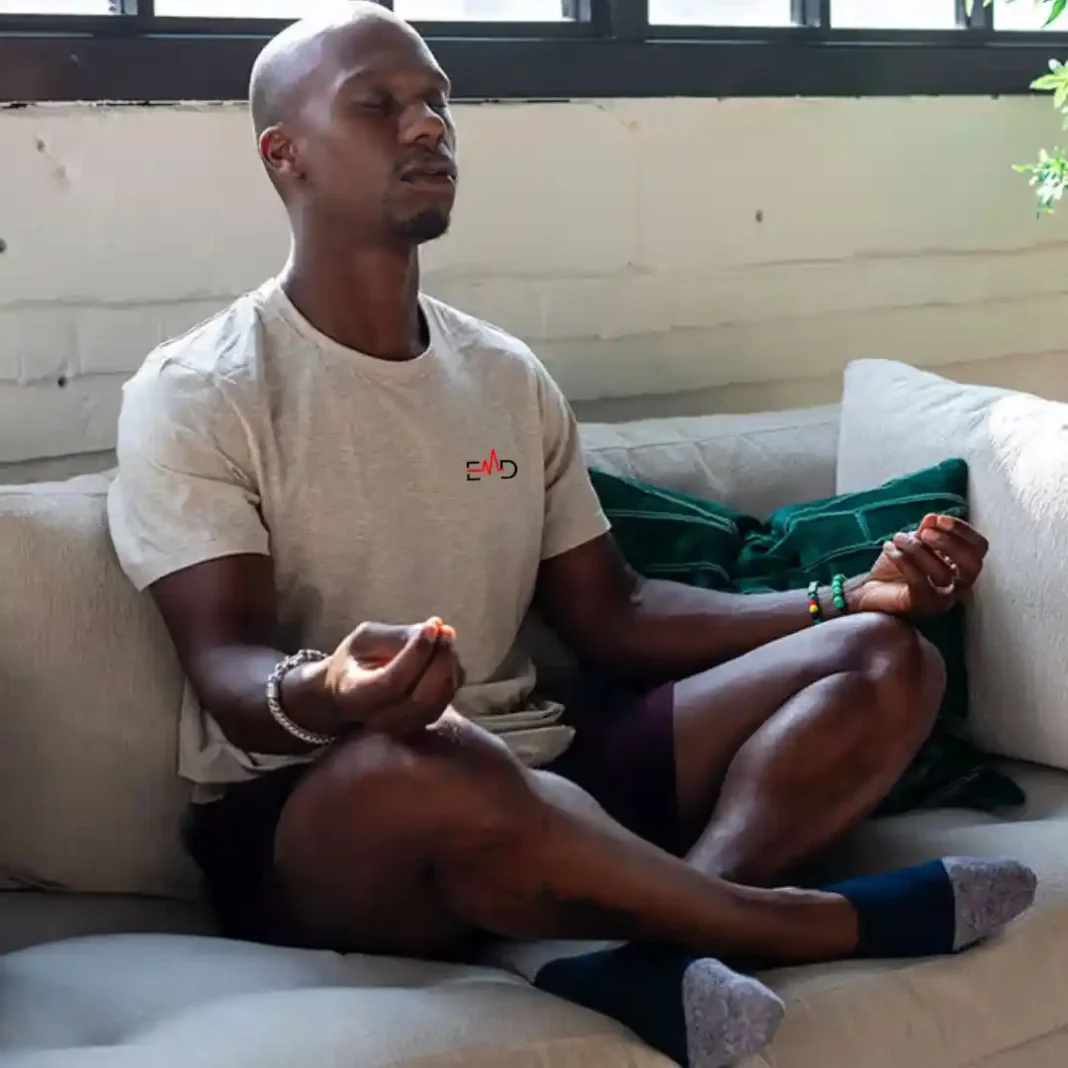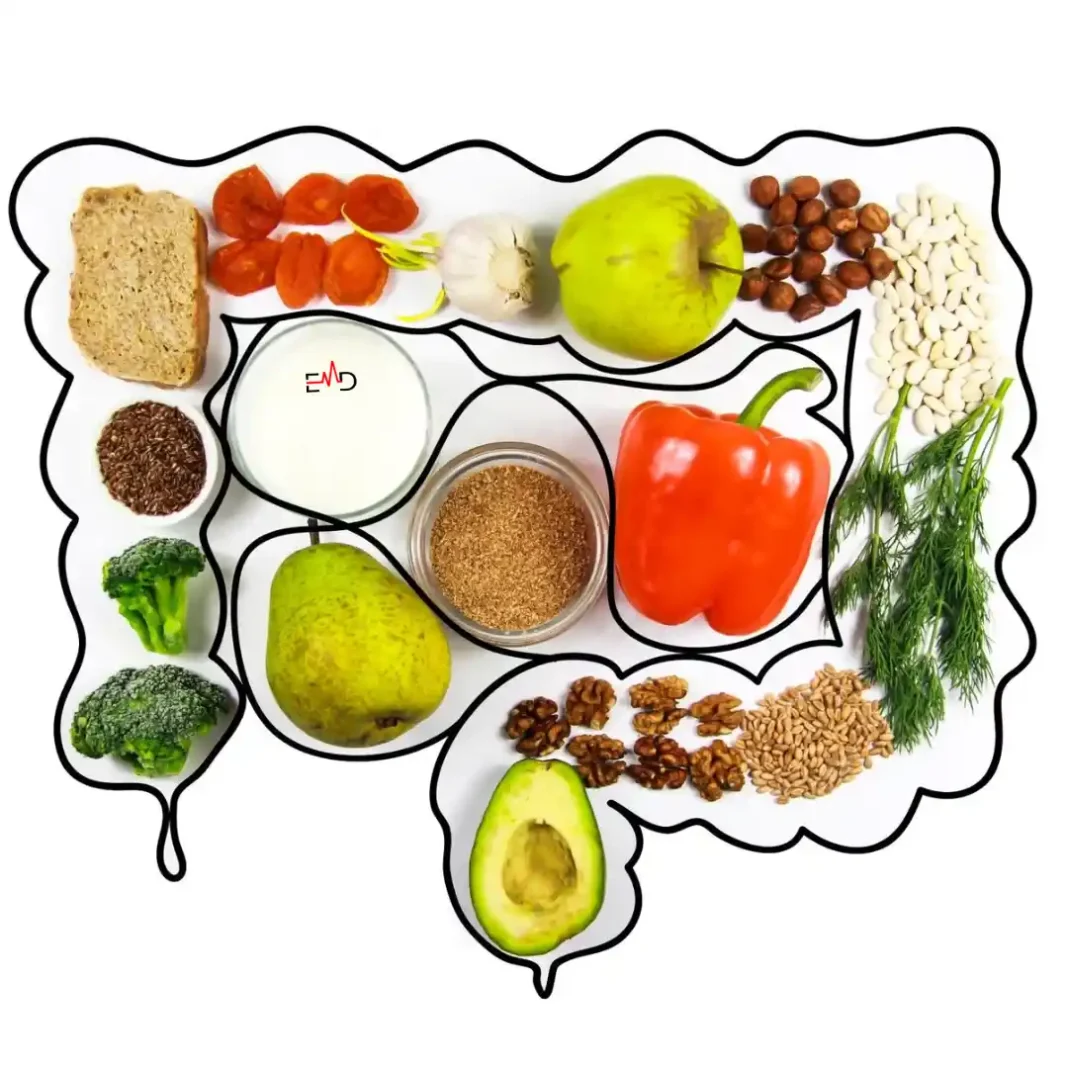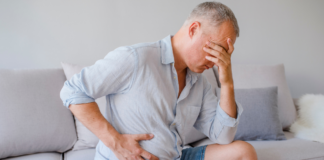Exercise Daily – Anxiety is a common stress response, and it can affect both the brain and body in profound ways. Feelings of anxiety may stem from work pressures, personal relationships, or even uncertainty about the future, triggering the release of cortisol, the stress hormone. Persistent anxiety can lead to physical symptoms like fatigue, headaches, and disrupted sleep, especially anxiety at night.
However, managing these challenges is possible with evidence-based approaches such as cognitive behavioral therapy, relaxation techniques, and lifestyle changes that focus on reducing stress hormone levels. The Mayo Clinic Health System and other academic research institutions emphasize the importance of strategies like mindfulness, deep breathing exercises, and strict sleep hygiene to ease your anxiety and improve overall well-being.
Understanding Anxiety and Stress
Before exploring remedies, it’s essential to understand what anxiety and stress truly are, how they differ, and how they interrelate. Incorporating simple practices into your routine can make a significant difference in relieving anxiety and stress. Activities such as closing your eyes and practicing meditation, regular physical exercise, or exploring complementary and integrative health approaches like yoga can help restore a sense of calm.
These methods not only help you relax but also reduce the risk of anxiety worsening over time. Maintaining a balanced diet and getting seven to eight hours of sleep per night help lower cortisol levels and promote mental clarity. By adopting these practices, you can feel your anxiety diminish, improve your stress response, and enhance your body and mind’s resilience to life’s challenges. This foundational knowledge will empower you to recognize and address these feelings effectively.

What Are Anxiety and Stress?
Stress is the body’s natural response to a perceived threat or challenge. It’s a survival mechanism that triggers the “fight or flight” response, preparing you to deal with danger. Stress can motivate and benefit in small doses, pushing you to meet deadlines or perform at your best.
Anxiety, on the other hand, is a more prolonged and persistent state of worry or fear that isn’t always linked to a specific threat. While stress is typically short-term and situational, anxiety can be chronic, affecting daily life and overall well-being.
The Link Between Anxiety and Stress
Anxiety and stress are deeply interconnected, often influencing each other in a cyclical manner.
How Stress Leads to Anxiety
When you experience stress, your body releases stress hormones like cortisol and adrenaline to prepare for a fight-or-flight response. While this is beneficial in short bursts, chronic stress keeps these hormone levels elevated, which can lead to anxiety. Persistent stress can make your body more sensitive to future stressors, creating a heightened state of anxiety.
The Vicious Cycle
Anxiety can, in turn, cause more stress. When you’re anxious, you may worry excessively about upcoming events or past experiences, which can increase stress levels. This ongoing cycle can be challenging to break without intervention.
Impact on Health
Both chronic stress and anxiety can have detrimental effects on physical health, including:
- Cardiovascular Issues: Increased risk of hypertension and heart disease.
- Immune System Suppression: Higher susceptibility to infections and illnesses.
- Digestive Problems: Chronic anxiety can lead to conditions like irritable bowel syndrome (IBS).
- Sleep Disorders: Difficulty falling or staying asleep, leading to fatigue and reduced cognitive function.
Understanding the link between anxiety and stress underscores the importance of addressing both to maintain overall health and well-being.
Practical Ways to Calm Anxiety
Managing anxiety involves a multifaceted approach, incorporating various strategies and techniques. Below are several effective methods to help calm anxiety and reduce stress.
Deep Breathing Techniques
Deep breathing is a simple yet powerful tool to manage anxiety. Focusing on your breath can activate your body’s relaxation response, counteracting the stress-induced fight-or-flight mechanism.
How Deep Breathing Reduces Anxiety
Deep breathing increases oxygen flow to the brain, which helps to calm the nervous system. It also reduces the production of stress hormones like cortisol, promoting a sense of calm and relaxation.
Simple Deep Breathing Exercises
4-7-8 Breathing Technique:
- Inhale: Breathe in quietly through your nose for a count of four.
- Hold: Hold your breath for a count of seven.
- Exhale: Exhale completely through your mouth, making a whoosh sound for a count of eight.
- Repeat: Complete this cycle four times.
Box Breathing:
- Inhale: Breathe in through your nose for a count of four.
- Hold: Hold your breath for a count of four.
- Exhale: Exhale through your mouth for a count of four.
- Hold: Hold your breath for a count of four.
- Repeat: Continue this pattern for several minutes.
Diaphragmatic Breathing:
- Place: Put one hand on your chest and the other on your abdomen.
- Inhale: Breathe deeply through your nose, allowing your abdomen to rise while keeping your chest still.
- Exhale: Exhale slowly through your mouth, feeling your abdomen fall.
- Repeat: Continue for 5-10 minutes daily.
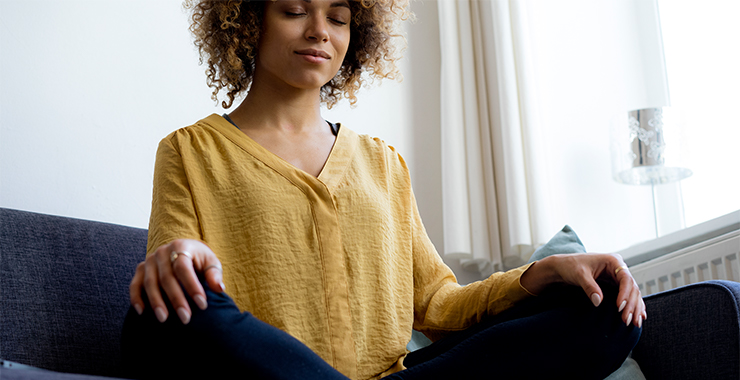
Mindfulness Meditation for Calm
Mindfulness meditation involves paying deliberate attention to your present experiences without judgment. This practice can significantly reduce anxiety by shifting your focus from worry to the here and now.
Benefits of Mindfulness on Anxiety
- Enhanced Self-Awareness: Increases understanding of your thought patterns and triggers.
- Improved Emotional Regulation: Helps you manage and respond to emotions more effectively.
- Reduced Rumination: Decreases the tendency to dwell on negative thoughts or past events.
- Increased Resilience: Builds mental strength to handle future stressors.
Quick Mindfulness Exercises
Body Scan:
- Focus: Mentally scan your body from head to toe.
- Notice: Pay attention to any areas of tension or discomfort.
- Breathe: Take deep breaths, consciously relaxing each part as you go.
Five Senses Exercise:
- Observe: Identify five things you can see around you.
- Listen: Notice four sounds you can hear.
- Feel: Acknowledge three sensations you can feel.
- Smell: Recognize two smells in your environment.
- Taste: Identify one taste in your mouth.
Mindful Eating:
- Savor: Eat slowly, focusing on the taste, texture, and aroma of your food.
- Chew: Pay attention to each bite, fully experiencing the eating process.
- Appreciate: Reflect on the origins and journey of your food.
Progressive Muscle Relaxation
Progressive Muscle Relaxation (PMR) involves tensing and then relaxing each muscle group. This method helps identify and release physical tension, which is often a symptom of anxiety.
What is Progressive Muscle Relaxation?
American physician Edmund Jacobson developed PMR in the early 20th century. It operates on the principle that mental relaxation can be achieved by systematically relaxing the muscles, thereby reducing overall tension and stress levels.
Steps to Practice Progressive Muscle Relaxation
- Find a Quiet Space: Sit or lie down in a comfortable position in a peaceful environment.
- Start with Your Feet:
- Tense: Curl your toes and tense the muscles in your feet for about five seconds.
- Relax: Release the tension and focus on the sensation of relaxation for 15 seconds.
- Move Up the Body:
- Legs: Tighten your calf muscles, hold, and then relax.
- Thighs: Squeeze your thighs, hold, and relax.
- Stomach: Tense your abdominal muscles, hold, and relax.
- Hands: Clench your fists, hold, and relax.
- Arms: Tighten your biceps, hold, and relax.
- Shoulders: Shrug your shoulders up to your ears, hold, and relax.
- Neck: Gently tilt your head back, hold, and relax.
- Face: Scrunch your facial muscles, hold, and relax.
- Final Relaxation: After completing all muscle groups, take a few deep breaths and enjoy the overall feeling of relaxation.
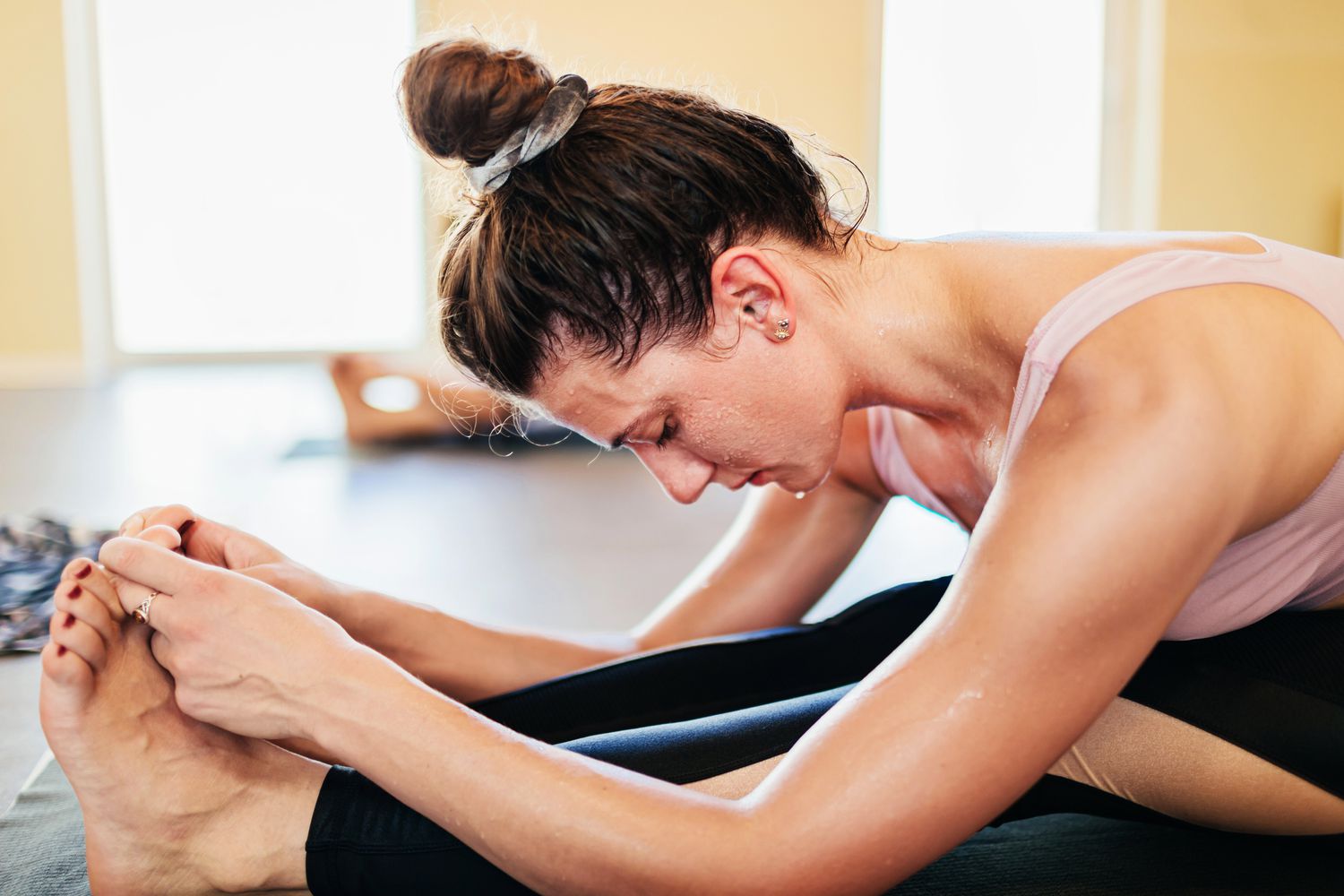
Using Visualization for Relaxation
Visualization, also known as guided imagery, involves creating mental images of peaceful and calming scenarios. This technique can divert your mind from anxiety-inducing thoughts and foster a sense of tranquility.
How Visualization Works
By engaging your imagination, you can transport yourself to a serene environment, such as a beach or a forest. This mental escape can reduce stress hormones and promote relaxation, providing a temporary respite from anxiety.
Visualization Techniques
Peaceful Place:
- Imagine: Picture a place where you feel safe and relaxed.
- Details: Focus on the sensory details—what you see, hear, smell, and feel.
- Stay: Spend several minutes immersing yourself in this environment.
Positive Outcome:
- Scenario: Visualize a situation that currently causes anxiety.
- Success: Imagine it unfolding successfully and smoothly.
- Feel: Experience the positive emotions associated with this outcome.
Guided Imagery Audio:
- Resources: Use guided imagery recordings or apps that lead you through relaxing visualizations.
- Consistency: Practice regularly to enhance effectiveness.
Physical Activities to Reduce Anxiety and Stress
Engaging in physical activities is a highly effective way to combat anxiety. Exercise improves physical health and releases chemicals in the brain that enhance mood and reduce stress.
Walking and Yoga
Walking:
- Accessibility: Requires no special equipment and can be done almost anywhere.
- Benefits: Improves cardiovascular health, boosts mood, and provides a chance to clear your mind.
- Tips: Aim for at least 30 minutes of brisk walking most days of the week. Walking in nature can amplify the calming effects.
Yoga:
- Combination: Integrates physical postures, breathing exercises, and meditation.
- Benefits: Enhances flexibility, strength, and mental focus while promoting relaxation.
- Styles: Different styles like Hatha, Vinyasa, and Restorative yoga cater to various preferences and anxiety levels.
Exercise and Endorphins
Endorphins are the body’s natural painkillers and mood elevators. Regular physical activity stimulates the release of endorphins, which can help alleviate anxiety and improve overall mood.
Types of Exercises:
- Aerobic Exercises: Running, cycling, swimming, and dancing are excellent for boosting endorphin levels.
- Strength Training: Lifting weights or using resistance bands can also contribute to endorphin release.
- High-Intensity Interval Training (HIIT): Short bursts of intense exercise followed by rest can be physically and mentally beneficial.
Natural Remedies for Calming Anxiety
Incorporating natural remedies into your routine can complement other anxiety management strategies. These remedies are often easy to use and can provide additional support in calming the mind and body.
Herbal Teas and Supplements
Certain herbs and supplements have been traditionally used to reduce anxiety and promote relaxation.
Calming Teas for Anxiety
Chamomile Tea:
- Properties: Known for its calming and anti-inflammatory effects.
- Usage: Drink a cup in the evening to promote relaxation and improve sleep quality.
Green Tea:
- L-Theanine: Contains an amino acid that promotes relaxation without drowsiness.
- Benefits: Enhances focus and reduces stress.
Peppermint Tea:
- Aromatherapy: The soothing scent can help alleviate anxiety.
- Digestive Aid: Also aids in reducing gastrointestinal symptoms linked to anxiety.
Lavender Tea:
- Relaxation: Promotes calmness and reduces stress levels.
- Taste: Has a pleasant floral flavor that can enhance the tea-drinking experience.
Supplements to Ease Anxiety
Omega-3 Fatty Acids:
- Sources: Found in fish oil, flaxseed, and walnuts.
- Benefits: Support brain health and have been linked to reduced anxiety symptoms.
Magnesium:
- Function: Essential for nerve function and muscle relaxation.
- Deficiency: Low levels can contribute to anxiety and irritability.
- Sources: Leafy greens, nuts, seeds, and whole grains.
Vitamin D:
- Mood Regulation: This plays a role in serotonin production, which affects mood.
- Sources: Sun exposure, fortified foods, and supplements.
Valerian Root:
- Usage: Commonly used to promote relaxation and improve sleep quality.
- Form: Available as capsules, teas, or tinctures.
Note: Always consult with a healthcare professional before starting any new supplements, especially if you’re taking other medications or have underlying health conditions.
Aromatherapy and Essential Oils
Aromatherapy utilizes the natural scents of essential oils to enhance physical and emotional well-being. Certain aromas can have a profound impact on mood and anxiety levels.
Popular Essential Oils for Anxiety
Lavender:
- Calming Effect: Widely used to reduce stress and promote relaxation.
- Usage: Add a few drops to a diffuser, bath, or pillow.
Chamomile:
- Soothing Aroma: Helps to alleviate anxiety and improve sleep.
- Usage: Use in a diffuser or apply diluted to the skin.
Bergamot:
- Uplifting Scent: Balances mood and reduces stress.
- Usage: Diffuse in living spaces or add to bathwater.
Frankincense:
- Grounding Properties: Promotes a sense of peace and well-being.
- Usage: Use in meditation or as part of a daily aromatherapy routine.
How to Use Essential Oils
- Diffusion: Use an essential oil diffuser to disperse the aroma throughout a room.
- Topical Application: Dilute essential oils with a carrier oil (like coconut or jojoba oil) and apply to pulse points or temples.
- Baths: Add a few drops of essential oils to your bathwater for a relaxing soak.
- Inhalation: Inhale directly from the bottle or place a few drops on a tissue and breathe deeply.
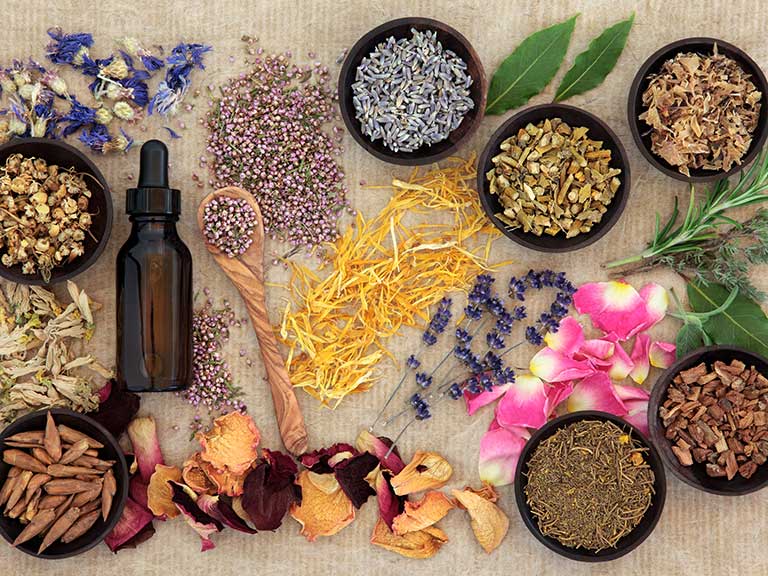
Conclusion: Finding Your Path to Calm
Managing anxiety is a personal journey that involves exploring and integrating various strategies and techniques to find what works best for you. It’s essential to approach anxiety management with patience and persistence, understanding that progress may be gradual. Remember that seeking professional help is a sign of strength, not weakness, and can provide invaluable support in your journey toward calmness and well-being.
Incorporating deep breathing, mindfulness, physical activity, and natural remedies into your daily routine can build resilience against anxiety and create a more balanced and peaceful life. Embrace self-care, stay consistent with these practices, and don’t hesitate to ask for help when needed. With dedication and the right tools, achieving a sense of calm is entirely within your reach.
FAQs – Tame Anxiety and Stress with These Calming Remedies
Q: Can anxiety be completely cured with natural remedies?
A: While natural remedies can significantly help manage anxiety symptoms and improve overall well-being, they may not completely cure severe anxiety disorders. Combining natural methods with professional guidance, such as therapy or medication, often yields the best results for long-term management.
Q: How often should I practice relaxation techniques for them to be effective?
A: Consistency is key. Practicing relaxation techniques daily, even for just a few minutes, can lead to significant improvements over time. Incorporating these practices into your routine ensures they become habitual and more effective in managing anxiety.
Q: Can exercise alone reduce my anxiety levels?
A: Exercise is a powerful tool for reducing anxiety by releasing endorphins and improving mood. However, combining physical activity with other calming techniques, such as mindfulness or deep breathing, can provide more comprehensive and lasting anxiety relief.
Q: Are herbal teas safe to consume daily for anxiety?
A: Most herbal teas, like chamomile, green tea, and peppermint, are safe for daily consumption and can aid in reducing anxiety. However, it’s essential to consult with a healthcare professional, especially if you’re taking other medications or have underlying health conditions, to ensure no adverse interactions.
Q: When should I consider seeing a therapist for anxiety?
Answer: If anxiety begins to interfere with your daily life, relationships, work, or health, or if you experience frequent panic attacks or thoughts of self-harm, it’s crucial to seek help from a therapist or mental health professional. Early intervention can prevent anxiety from worsening and provide you with effective strategies to manage it.

